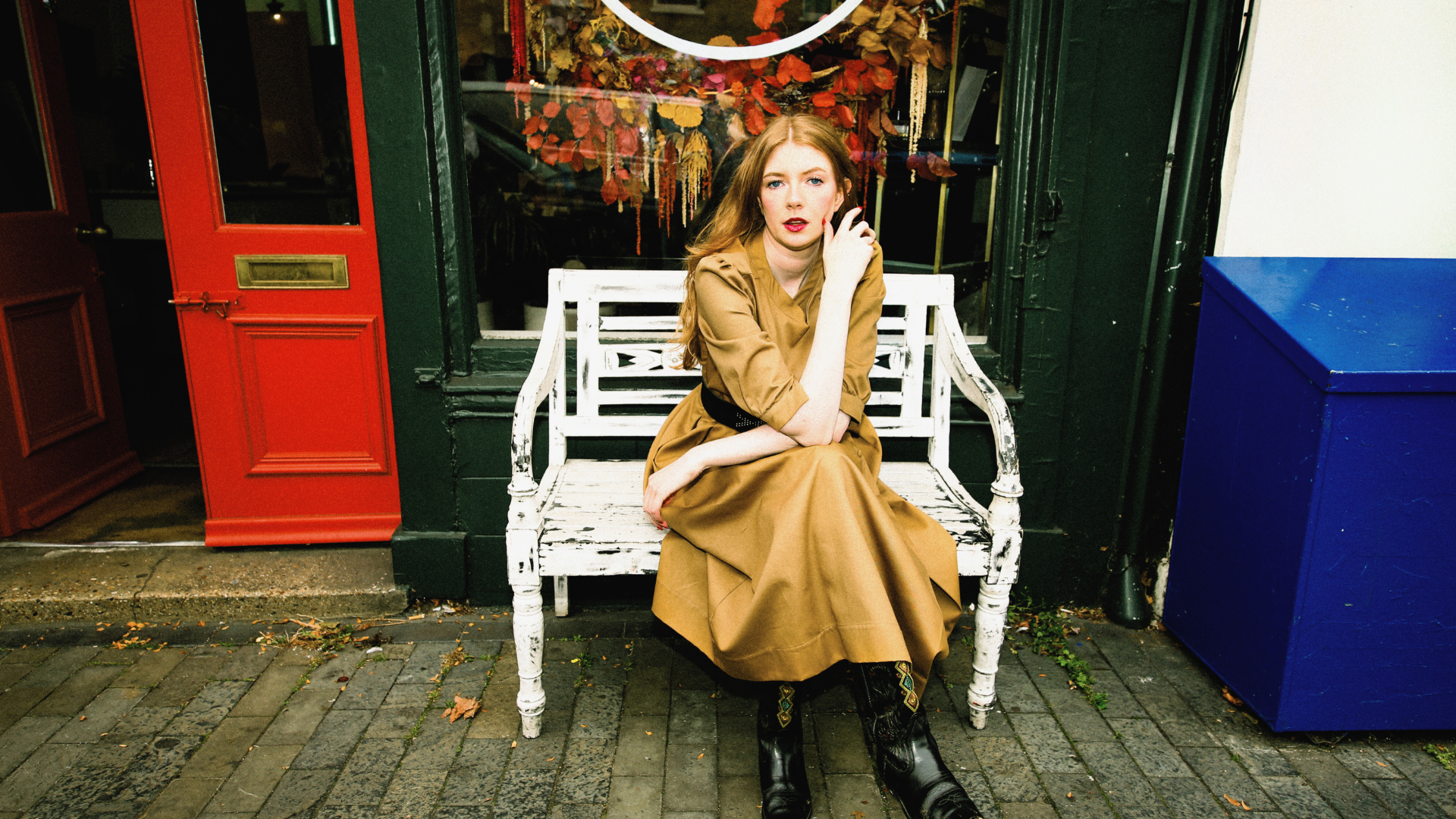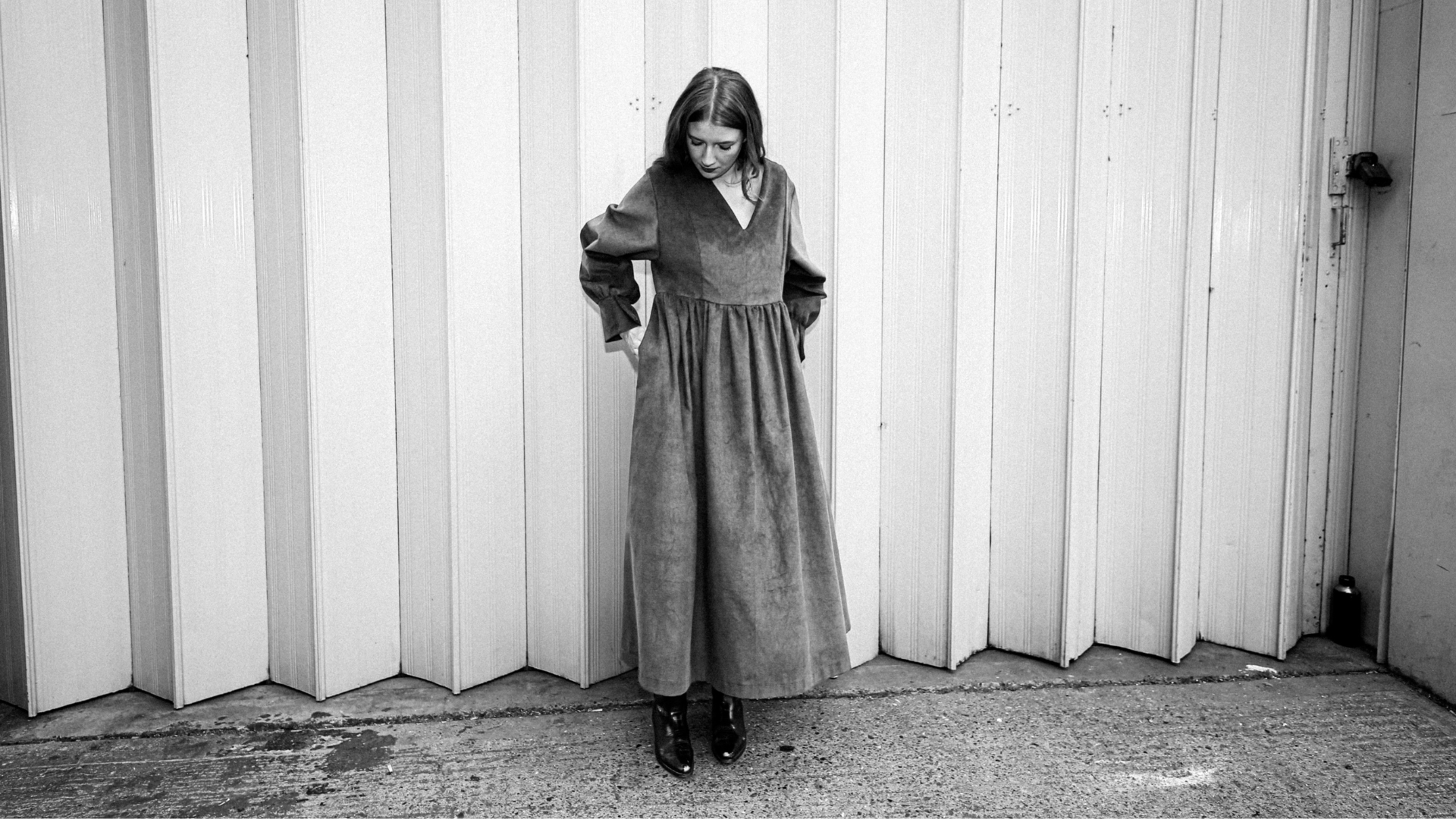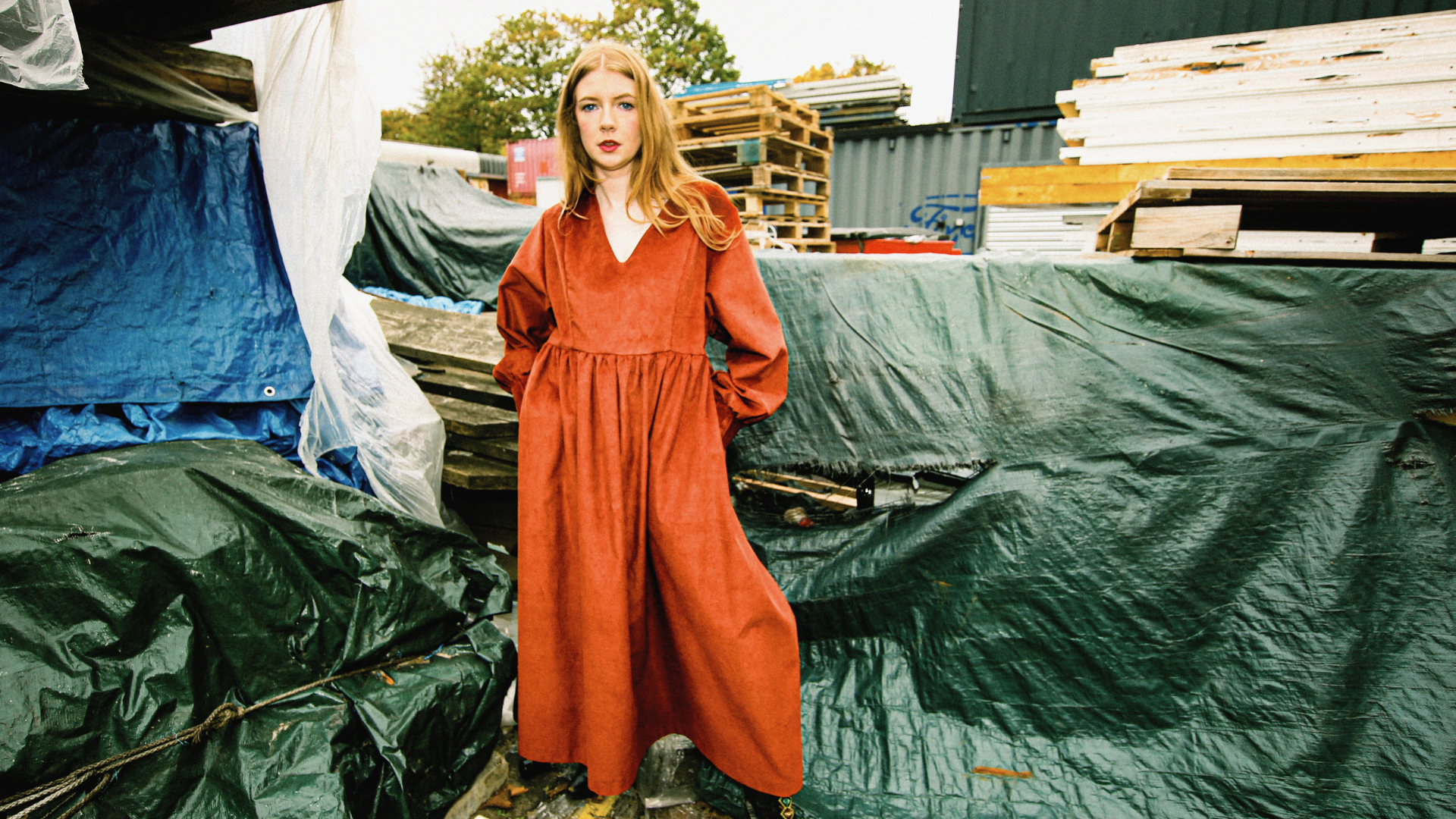
How is Slow Fashion Sustainable?
When we talk about eco friendly solutions to big problems, fashion might not be the first topic that comes to mind. Yet the clothing industry has one of the largest ecological footprints in the world. That’s why more people are asking: how is slow fashion sustainable?
The answer lies in the way the slow fashion movement has redefined how clothes are made and worn. By valuing quality, ethics, and responsibility, slow fashion challenges the wasteful treadmill of fast fashion. In doing so, it embodies the sustainable fashion meaning and creates a blueprint for protecting both the planet and the people who live on it.
This blog will explore fast fashion’s environmental damage, show exactly how slowfashion is sustainable, examine real-world case studies, and suggest practical ways we can each contribute.
The Environmental Problems of Fast Fashion
To understand how is slow fashion sustainable, we first need a clear view of what’s gone wrong with fast fashion.
The Scale of Fast Fashion Production
-
Overproduction: Global clothing sales have doubled since 2000. Fast fashion brands produce up to 52 “micro seasons” per year.
-
Waste: Over 92 million tonnes of textile waste are dumped annually.
-
Carbon footprint: The fashion industry is responsible for around 10% of global emissions, more than air travel and shipping combined.
Pollution and Resource Depletion
-
Water: A single pair of jeans can use 7,500 litres of water. Rivers in production hubs like Bangladesh and China often run red or black with dye waste.
-
Chemicals: Toxic dyeing processes and pesticide intensive cotton farming poison soils and waterways.
-
Plastics: Synthetic fabrics such as polyester shed microplastics that contribute to ocean pollution and enter the food chain.
This shows why so many are switching mindsets to ask: how is slow fashion sustainable by comparison?
How SlowFashion Movement Reduces Carbon and Waste
The strength of the slow fashion movement is that it tackles each of these issues at the root.
-
Carbon reduction: Fewer collections mean less production, less transport, and therefore fewer emissions. Some slow fashion brands manufacture locally or offer carbon neutral shipping to slash footprints further.
-
Waste cuts: By focusing on high quality garments that last years, the cycle of “buy, wear, bin” is broken. Repair schemes, resale platforms, and recycling initiatives extend clothing life.
-
Water efficiency: Eco friendly materials like hemp and organic cotton require far less irrigation and avoid pesticide intensive treatments.
-
Fewer synthetics: Many brands opt for biodegradable fabrics, reducing microplastic pollution.
This is practical proof of how slow fashion is sustainable.
The Sustainable Fashion Meaning in Practice
Many consumers see sustainable fashion meaning as “eco friendly clothes.” But in practice, it’s broader and more systemic.
-
Design stage: Creating timeless garments designed to transcend trends.
-
Material stage: Choosing organic cotton, linen, Tencel, bamboo, or recycled fabrics.
-
Production stage: Running smaller batches, made to order, paying fairer wages, and avoiding overproduction.
-
End of life stage: Encouraging recycling, upcycling, reselling, or donating.
When each stage is considered, the sustainable fashion meaning becomes clearer fashion that sustains people, communities, and ecosystems over the long-term.
Case Studies: Brands Walking the Walk
To illustrate how is slow fashion sustainable, let’s look at real examples:
-
Patagonia (global): Encourages repairs, resale, and repairs gear for customers. Their “Worn Wear” programme is a blueprint for longevity.
-
People Tree (UK): Known for fair-trade partnerships and organic fabrics, embodying the slow fashion movement.
-
Lucy & Yak (UK): A rising brand that champions slow fashion by publishing worker pay details and creating durable, colourful apparel.
-
Veja (France): Footwear brand using eco sourced rubber and transparent operations.
These brands prove that embracing the sustainable fashion meaning doesn’t limit style or success, it enhances them.
SlowFashion Habits: Repair, Reuse, Recycle
How is slow fashion sustainable for individuals, not just brands? The answer lies in everyday slow fashion habits:
-
Repair: Extend the lifespan of garments by fixing seams or replacing zips.
-
Reuse: Restyle older pieces instead of replacing them immediately.
-
Recycle: Donate, swap, or sell unwanted clothes instead of sending them to landfill.
-
Rotate: Build a capsule wardrobe to avoid overbuying.
-
Respect: Value the journey of each garment, recognising the labour and resources behind it.
By embedding these habits, every household directly contributes to the goals of the slow fashion movement.
How Choosing SlowFashion Protects Wildlife and Communities
Looking beyond our closets, how is slow fashion sustainable also extends to safeguarding ecosystems and workers.
-
Wildlife: Reduced reliance on pesticides and synthetics helps keep natural habitats intact. Less chemical dye pollution means healthier rivers, forests, and oceans.
-
Communities: The slow fashion movement prioritises ethical fashion practices fair wages, safer factories, and uplift for artisan cooperatives. When communities are treated fairly, the entire ecosystem of fashion becomes more sustainable.
This interconnectedness reinforces the sustainable fashion meaning, sustainability isn’t just green marketing: it is social justice paired with environmental care.
The Dangers of Greenwashing in Slow Fashion
Not every brand labelled as “sustainable” lives up to the promise. “Sustainable fast fashion” lines have begun to appear, but can they be genuine?
Often, greenwashing looks like:
-
A small eco collection while the rest of operations remain exploitative.
-
Vague claims (“made sustainably”) without data.
-
Emphasis on “organic material” but no evidence of fair wages or supply chain care.
To truly answer how is slow fashion sustainable, we must also sharpen our ability to spot fake sustainability. Certifications (Fair Trade, GOTS), independent audits, and brand transparency are the clearest indicators of authenticity.
Consumer Power and the Future of the Slow Fashion Movement
Ultimately, the slow fashion movement will grow only as much as consumers support it. By choosing slow fashion over quick trends, we create demand that encourages brands to change.
The Future Outlook
-
Technology – Expect innovation in biodegradable fabrics (like mushroom or algae textiles) and 3D knitting to reduce waste.
-
Policy shifts – Governments are considering extended producer responsibility laws, forcing companies to deal with waste.
-
Circular economy – Resale platforms (Depop, Vinted, eBay) are booming, normalising second-hand fashion.
-
Generational change – Younger consumers value sustainability far more, strengthening the cultural weight of slow wear styles.
The future of fashion may well be defined by whether consumers stick with unsustainable speed or embrace the sustainable fashion meaning through slower cycles.
Conclusion
So, how is slow fashion sustainable? By slowing down every stage of fashion’s lifecycle. The slow fashion movement addresses fast fashion’s biggest failures: waste, carbon emissions, toxic production, and exploitation. It promotes eco friendly fabrics, ethical labour, and enduring quality.
In practice, the sustainable fashion meaning extends from design to disposal, protecting wildlife, communities, and future generations. Slowfashion proves that style doesn’t need to harm the planet.
The challenge now is choice: will we continue fuelling fast fashion’s destructive treadmill, or adopt healthier habits and make the opposite of fast fashion the norm? Every purchase is a vote, and the more often we choose sustainability, the more powerful the movement becomes.
Slow fashion doesn’t just protect the planet, it reshapes our relationship with it. See how these principles are reflected in the No More Nobody collection.
Written by Monisha Hasigala Krishnappa




Leave a comment
This site is protected by hCaptcha and the hCaptcha Privacy Policy and Terms of Service apply.